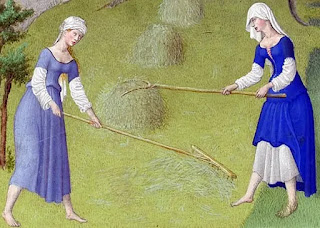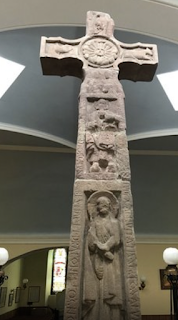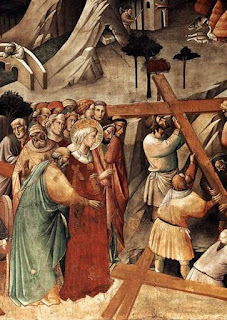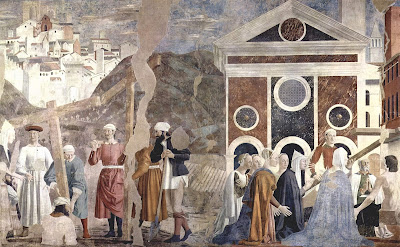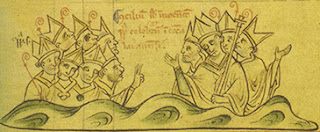Donin had not always been a Franciscan, or even a Christian. He was a Jew who was excommunicated by Rabbi Yechiel of Paris. Why was he excommunicated? Donin followed Karaite Judaism, which taught that the only true commandments from God were the Torah, and that any additional oral law codified in the Talmud or Midrash was not authoritative. Rabbi Yechiel was a follower of Rabbinic Judaism, who studied and taught and enforced the Talmud.
After living ten years as an excommunicate, Nicholas Donin converted to Christianity and joined the Franciscan Order. Possibly to ingratiate himself to his new community, possibly to strike back at Rabbinic Judaism, he went through the Talmud and found 35 instances that were damaging to the reputations of Jesus and Mary and Christianity. Donin presented these to Pope Gregory IX in 1238. Gregory ordered that all copies of the Talmud were to be seized and examined by the authorities of the Church; if the allegations were found to be true, the Talmuds were to be burned.
Only France cared about the order. Louis IX ordered the four most prominent rabbis in France to dispute Donin's charges in public: Moses of Coucy, Judah of Melon, Samuel ben Solomon of Chateau-Thierry, ... and Rabbi Yechiel of Paris.
This is where Blanche of Castile (from yesterday's post) comes in. She guaranteed the safety of the rabbis, although there were limitations put on what they were allowed to say. The outcome was probably a foregone conclusion, with the copies of the Talmud at stake. I'll tell you what happened tomorrow.








